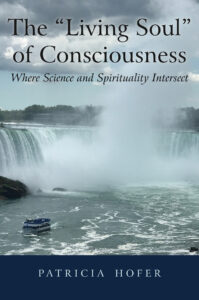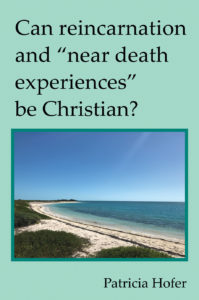Jesus promises “many rooms” in a heaven of possibilities
Chapter 18–Many rooms and possibilities
Interestingly, if we were offered the opportunity to be zapped immediately to heaven, leaving all of this behind, many would hesitate. If the choice is between heaven and hell, well of course we’d choose heaven. But when the choice is between heaven and here, our answer is not so obvious. Part of that hesitancy may be fear of the unknown. But it also could be a disinterest in the rather pointless life in heaven that we’ve seen in illustrations and paintings.
Jesus’ life and resurrection and ascension actually offer a quite different picture. The eternity that our risen Lord shows us is not only a continuing life but a continuing of our current individuality in our relationship with God. He promises, “My Father’s house has many rooms: if that were not so, would I have told you that I am going there to prepare a place for you?” (NIV John 14:2)
In Miracles, Lewis wrote that some people, naturalists for example, believe in “a one floor reality” (251). These people are convinced that “this present Nature is all that there is.” Another group of people, varying kinds of religious believers, embrace “Nature” as the “ground floor” but then conclude that there is “one other floor and one only,” an eternal and timeless place of heavenly mystery and bliss.
Lewis then continues on to pose the idea that there might really be many floors, “different Natures, different levels of being, distinct but not always discontinuous” (254). One of these floors could, according to Lewis, explain what happened after Jesus’ resurrection. It was a time when “Christ withdrew from one of these [levels] to another.” The Son of God was not “confined to any place at all,” wrote Lewis, because it is “in Him that all places exist” (254).
How might this change our view of heaven? For one thing, the idea of continuing life doesn’t have to be about some earth-like structure in the sky. Instead of a single “mansion” for each of us at some far-off, linear end point, maybe there are many “dwelling places,” many opportunities to develop and expand who we are. What we learn now and later than now opens us to new experiences and enlarges the borders of our living. Continuing individuality then becomes a journey, a sojourn that includes everyone and a diversity of possibilities.


Leave a Reply